A massive solar farm project, stretching across nearly 400 acres from Wetley Rocks to Werrington on the edge of Stoke-on-Trent, has sparked outrage among local residents and environmental advocates. This proposed development is far from being a simple energy solution; it represents a significant threat to the area’s rural character, farmland, and the people who call it home.
Here’s why the community should be concerned about this project, how it will impact local residents, and what we can do to stop it.
Watch my video on YouTube
Scale and Proximity to Homes and Farms
Covering nearly 400 acres—equivalent to around 140 football pitches—the solar farm would sprawl across prime farmland and greenbelt areas. This isn’t a small installation tucked away from residential areas; it will reach right up to the edges of people’s homes and farms. The sheer size of this development will drastically alter the local landscape, turning what is now a peaceful, rural area into an industrial site.
Even more alarming is the inclusion of over 650 40-foot containers for battery storage, which will be housed on-site. Some parts of the battery storage have already been passed, raising concerns about safety, noise, and pollution for nearby residents.
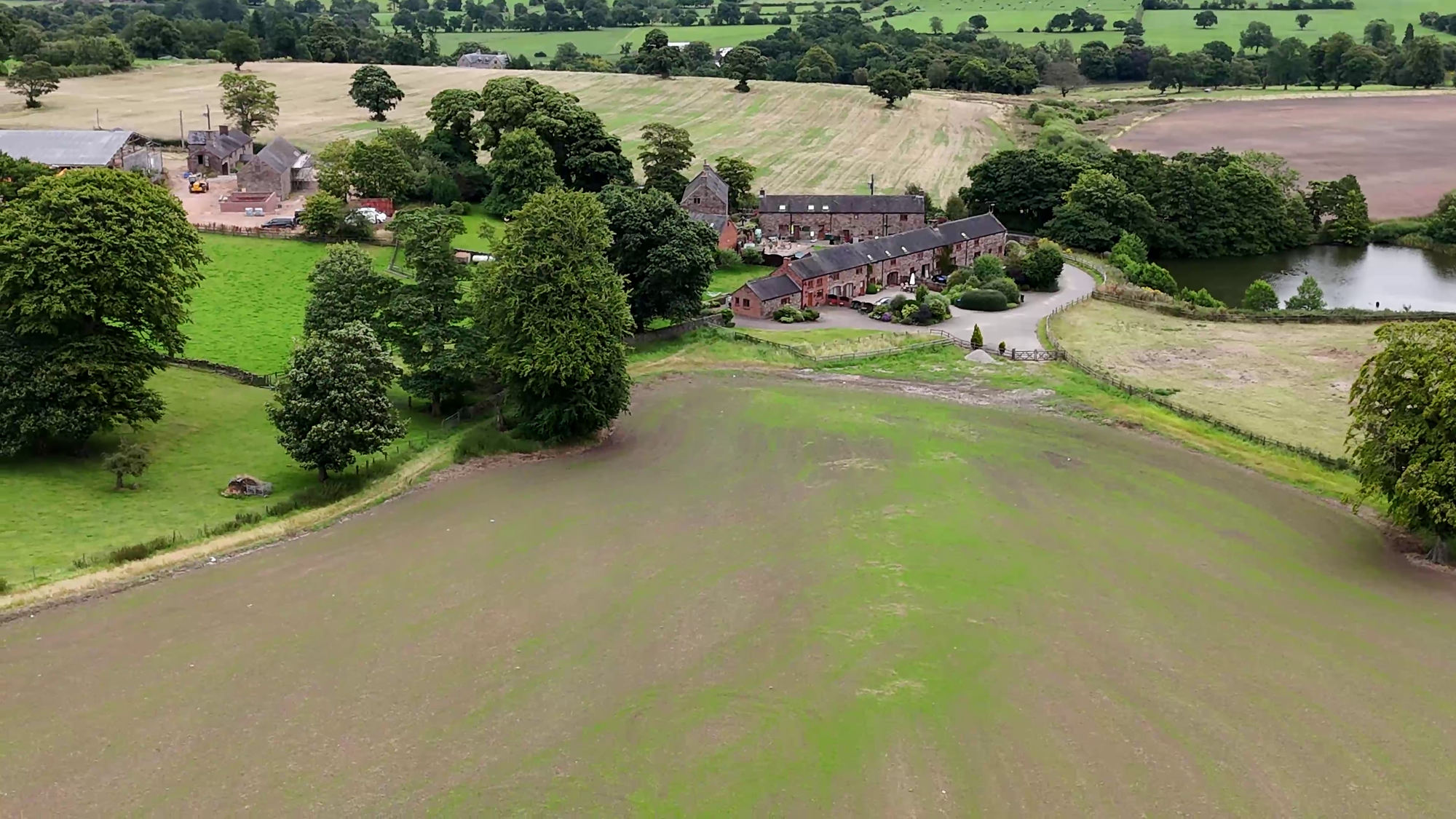
Wider Impact: This Isn’t Just a Local Issue
The effects of this solar farm won’t be confined to Werrington and Wetley Rocks. Positioned on a hill, the development will be visible from miles away, drastically altering the skyline for surrounding villages and even further afield. This industrial-scale project will be a glaring eyesore in what was once a scenic, green landscape, affecting not just those living nearby but anyone who enjoys the countryside for walking, recreation, or commuting through the area.
Moreover, the disruption won’t be limited to those immediately adjacent to the site. Increased traffic from construction vehicles will clog rural roads during the build phase, and once operational, maintenance work and noise will continue to ripple through surrounding communities. Light pollution from the site, especially from security and operational lighting, could affect nearby villages, reducing the area's dark skies that are currently treasured by locals.
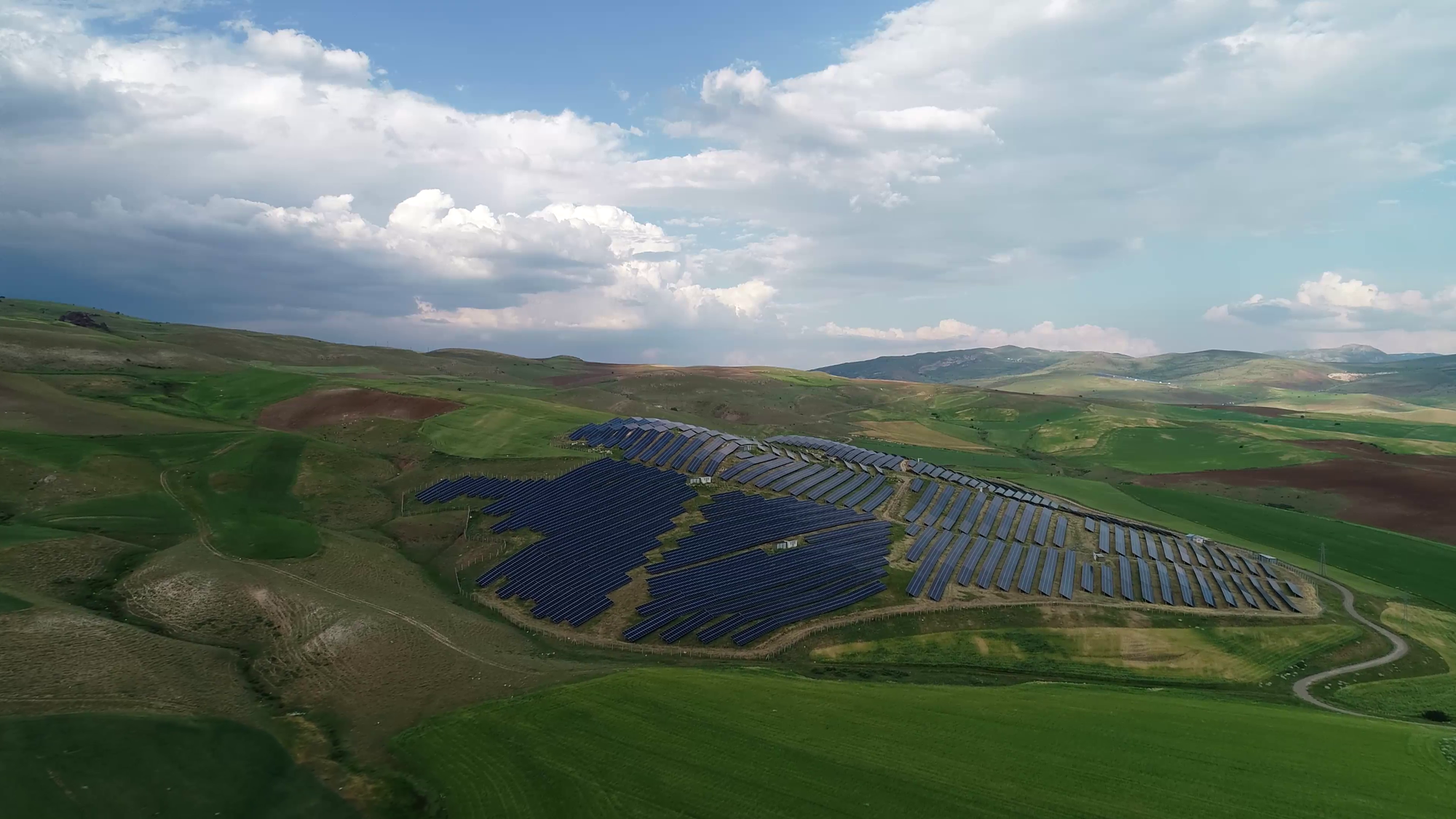
The loss of natural habitat and farmland won’t only affect the immediate vicinity either—it contributes to a larger trend of environmental degradation across the region, impacting wildlife corridors and potentially leading to increased flooding or soil degradation as large areas of land are covered in impervious solar panels.
This is a development that, once built, will have consequences reaching far beyond the boundaries of Werrington and Wetley Rocks, leaving a lasting mark on the wider North Staffordshire countryside.
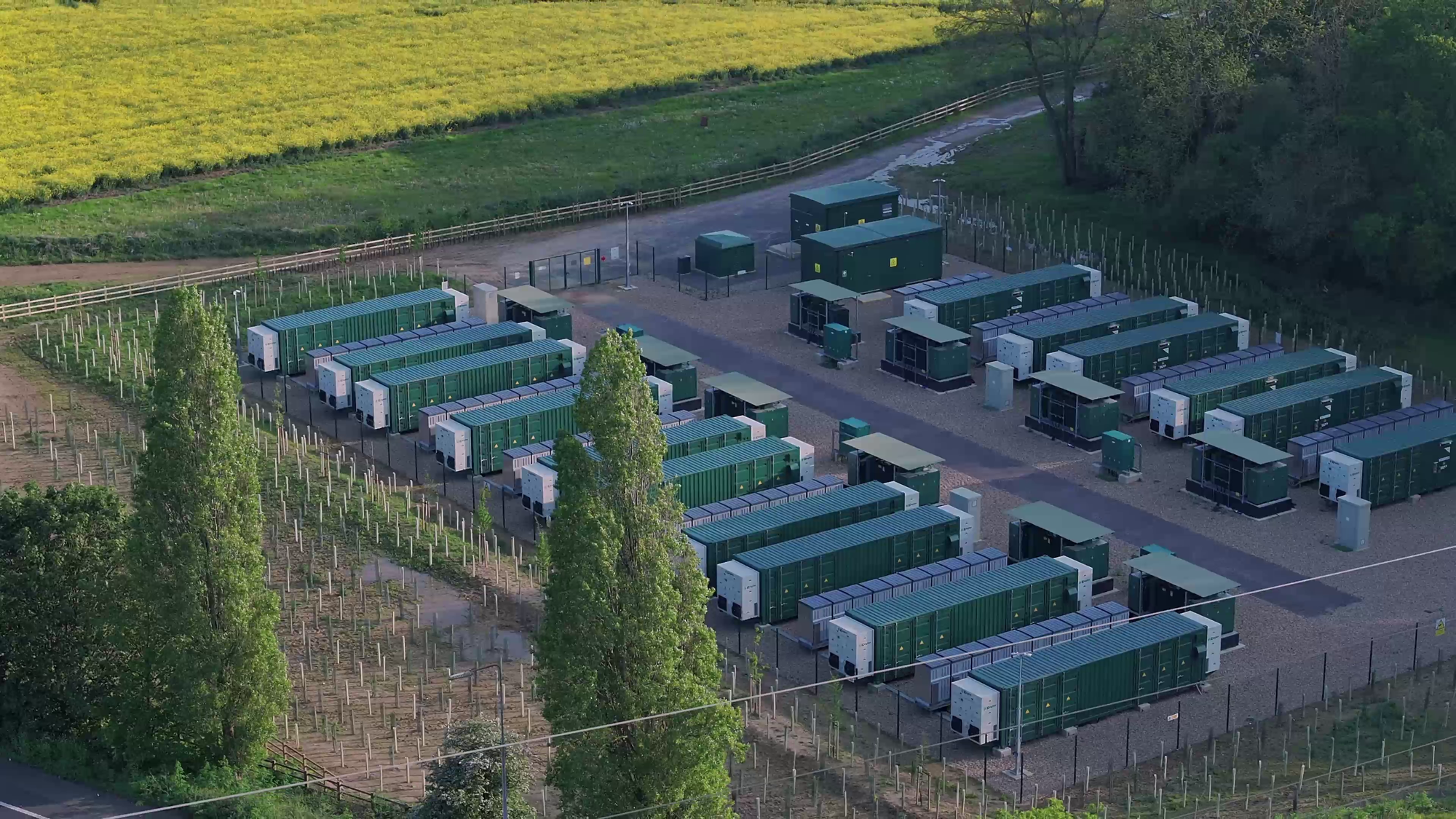
The Hidden Dangers: Fire Risks and Constant Noise from Battery Storage Systems
One of the most concerning aspects of this development is the inclusion of over 650 40-foot containers for Battery Energy Storage Systems (BESS). These large-scale batteries, crucial for storing and managing solar energy, pose significant risks to both residents and the environment.
Fire Risks and Toxic Chemicals
BESS, particularly those using lithium-ion batteries, are notorious for fire hazards. When these batteries overheat, they can ignite and burn uncontrollably. Unlike typical fires, battery fires are much harder to extinguish, sometimes taking days to fully burn out. Even more dangerous is the by-product of these fires—highly toxic chemicals like hydrofluoric acid and copper oxide. If released into the environment, these substances can contaminate local water supplies, causing long-term damage to ecosystems and even potentially affecting drinking water.

With this proposed solar farm extending across nearly 400 acres and the large-scale battery storage units positioned close to homes and farms, the risk of a fire breaking out could have disastrous consequences. A fire at a BESS facility could force evacuations, pollute nearby farmland, and introduce toxic runoff into rivers and streams. This is not a risk that should be taken lightly, particularly in such a rural area where water sources are essential for agriculture.
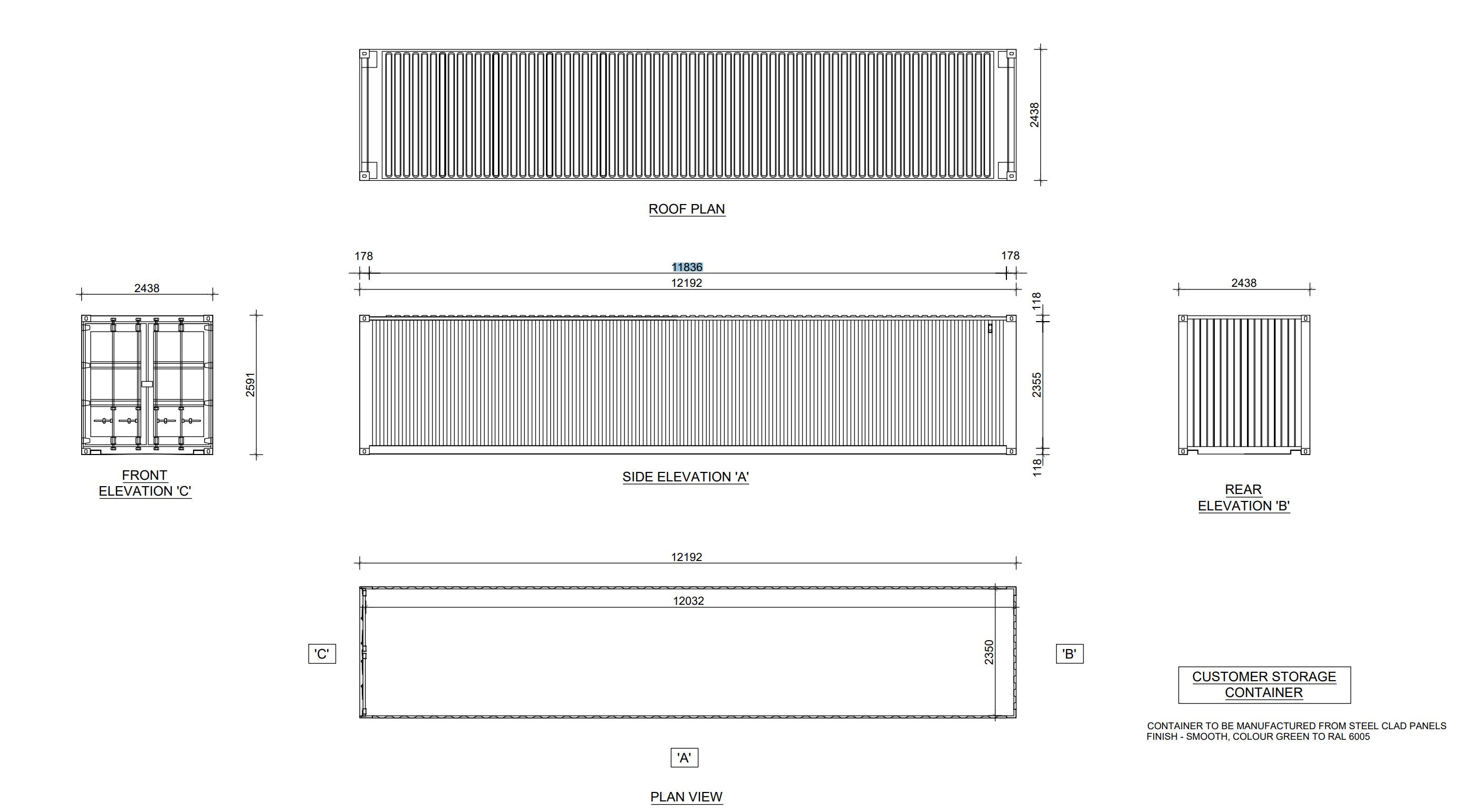
Noise Pollution: Disrupting the Peace
In addition to the fire risks, residents can expect constant noise from the battery containers and transformers. These units emit a low but persistent hum as they manage energy flows between the solar panels and the grid. Unlike typical machinery, this industrial noise operates continuously, 24 hours a day, disrupting the peace of the rural surroundings.The proposed battery energy storage system (BESS) for the Werrington solar farm, with 650 40-foot containers, poses a significant threat to the peace and tranquillity of the surrounding area. These large industrial batteries can generate constant noise levels between 50 to 70 decibels—comparable to a running refrigerator or even the hum of heavy traffic. While a single unit may not seem overwhelming, the combined effect of hundreds of these containers will create an intrusive industrial noise that could severely disrupt the quiet rural environment.
The impact of this noise pollution could reach far beyond, especially in the stillness of the countryside, where such sounds are far more noticeable. Imagine living next to a persistent, humming industrial site day and night.
This is especially concerning for those who live closest to the site. The tranquil countryside, which many residents and visitors treasure for its peacefulness, will be replaced by the constant sounds of industrial equipment, ruining the quiet atmosphere that defines areas like Wetley Rocks and Werrington. The noise generated by BESS and the associated infrastructure can even penetrate into homes, potentially leading to disturbed sleep and increased stress for those living nearby.
For farmers who rely on calm conditions for livestock, the noise could also negatively impact animal well-being, which, in turn, could affect agricultural productivity. The introduction of continuous noise will fundamentally alter the rural environment that so many residents and farmers depend on.
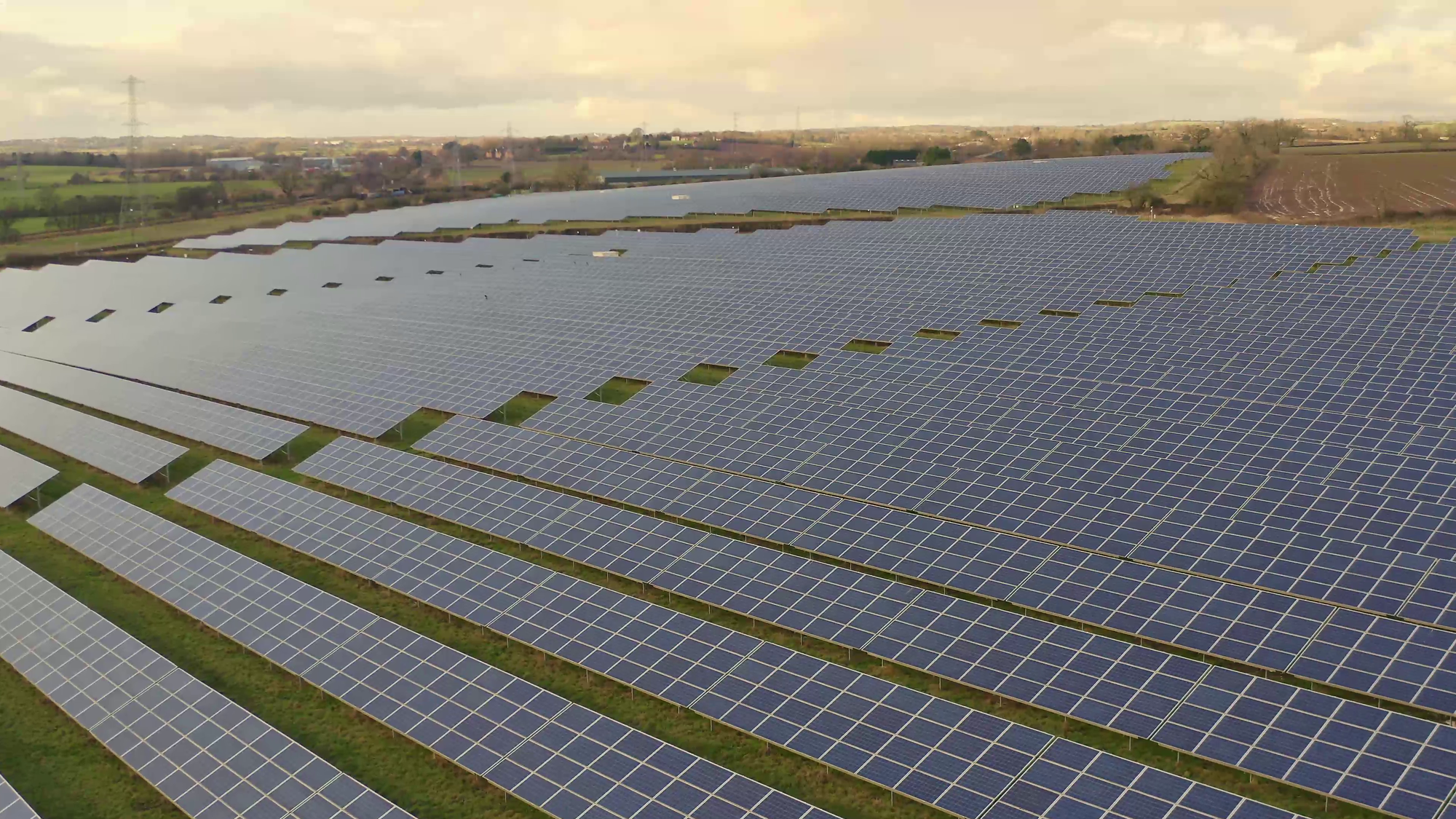
Loss of Farmland and Greenbelt Land
This solar farm will consume vast amounts of valuable farmland, posing a threat to local agriculture. This land should be used for growing food, not for industrial-scale solar energy production. The development also encroaches on greenbelt land, which is supposed to be protected from such large-scale projects to preserve natural spaces and prevent urban sprawl. Yet, despite these protections, companies are increasingly targeting these areas for energy projects.
The historical landscape of Stoke-on-Trent's edge, including the farms and greenbelt land that have been part of the region’s heritage for generations, will be replaced with modern industrial structures. The loss of historical continuity, combined with the constant disruption from noise and potential environmental hazards, is too great a price to pay for a project that could be placed on more suitable, less intrusive sites.
What makes this situation even more frustrating is that there are numerous alternatives available. Brownfield sites—previously developed land that is now unused—could be utilised instead of farmland. There are also vast industrial rooftops on factories, shopping centres, and newly built buildings that are perfect for solar panel installations. These options would have a far lower environmental impact and would avoid turning rural landscapes into industrial zones.
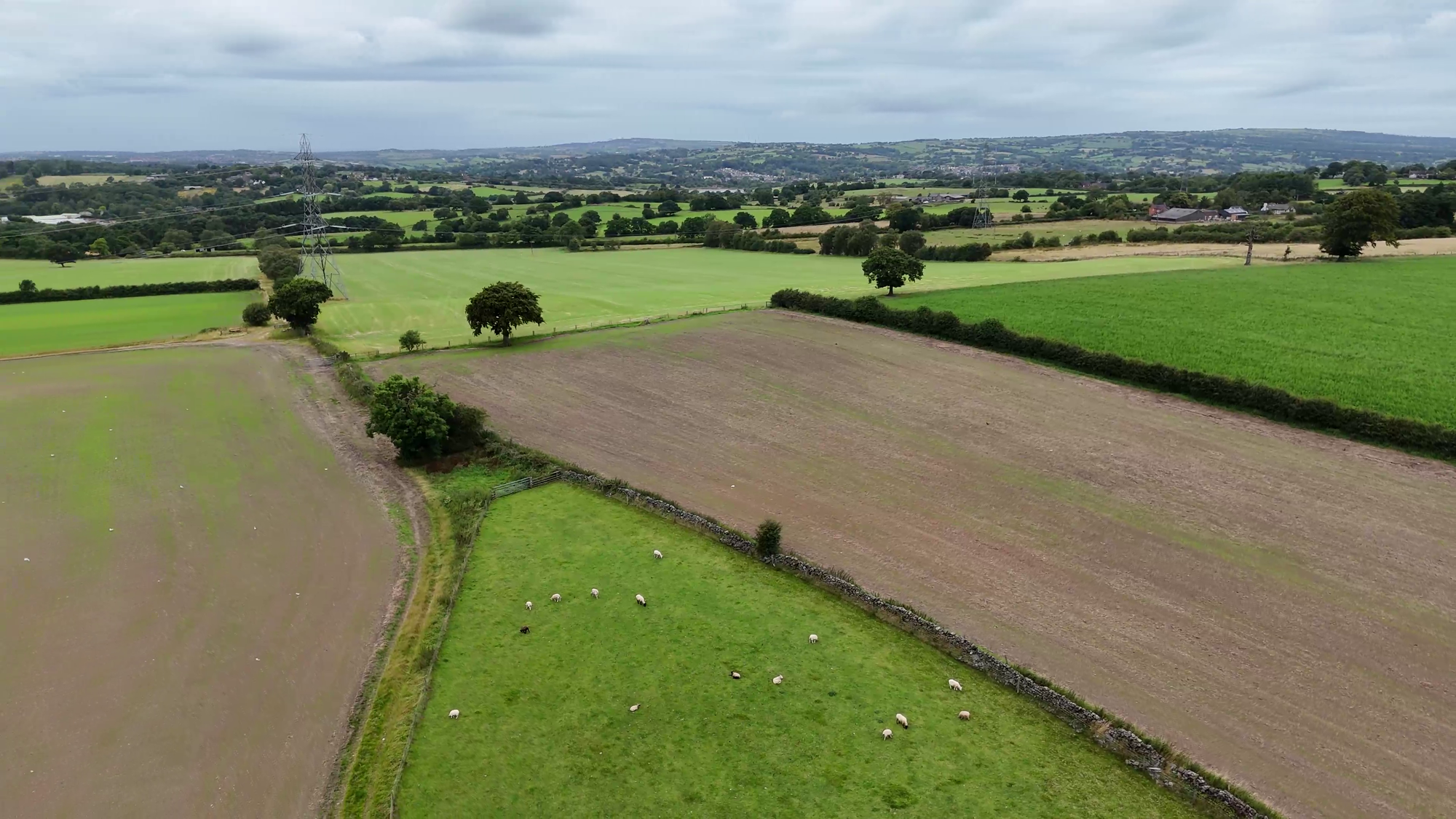
Why Are Big Energy Companies Allowed to Destroy Our Countryside?
It’s time to ask the hard questions. Why are projects like this solar farm being approved on precious greenbelt and farmland when so many better alternatives exist? Why are we letting big energy companies bulldoze through our natural landscape—our home—just because it’s the cheapest and easiest option for them?
This isn’t about advancing renewable energy; it’s about laziness, greed, and blatant disregard for the community. There are countless brownfield sites across the country—unused industrial wastelands begging for redevelopment. There are massive factory roofs and shopping centre rooftops that could host solar panels without stealing a single inch of greenbelt land. But instead of making the effort, these companies are flaunting the rules, exploiting loopholes, and targeting our rural spaces because it’s cheaper for them. And who pays the price? We do.
These decisions aren’t just careless; they’re shameful. Our local councils and planning authorities should be protecting our communities, not selling them off to the highest bidder. Every single one of these officials should be held accountable for allowing these projects to move forward when there are far less damaging alternatives available. Why is it that our local authorities are so quick to approve these developments, without seriously exploring other options? Are they listening to us, the people who live here and will have to live with the consequences?
This is not just about solar power. It's about the wanton destruction of our countryside, the theft of our agricultural heritage, and the systematic undermining of local voices. Yes, we need renewable energy, but it should not come at the cost of our farmland and green spaces. It should not come at the expense of rural communities that are already fighting to preserve their way of life.
This solar farm isn’t just a few panels hidden away on a roof or a repurposed industrial site. It’s 400 acres of greenbelt and farmland, right next to people’s homes and farms. It’s 650 massive battery containers, humming and buzzing day and night, with the constant threat of fire hanging over our heads. And for what? So a big company can make a quick buck at our expense?
As a community, we must demand better. We need to push back against this reckless destruction and insist that renewable energy is developed in a way that benefits everyone—without sacrificing our countryside. Our voices matter, and we must be louder than the corporations who want to pave over our homes for profit.
Enough is enough. We deserve to live in a community that values its natural beauty, its farmland, and its people, not one that sells it off for the convenience of a few corporate interests. It’s time to stand up and demand accountability. It’s time to say no to the destruction of our greenbelt and yes to responsible, sustainable energy development.
How to Appeal
It’s not too late to stop this development, but people need to act now. Here’s what you can do to make your voice heard:
- Submit an Objection: Go to the local council’s planning portal and submit a formal objection, focusing on the risks posed by the solar farm’s proximity to homes, the loss of farmland, and the failure to prioritise brownfield sites and rooftops.
- Raise Awareness: Start or join petitions to demonstrate the strength of local opposition. Share information on social media and in local forums to make sure everyone is aware of the scale of this project.
- Attend Council Meetings: Attend planning committee meetings where this proposal will be discussed and voice your concerns directly to the decision-makers.
- Contact Local Representatives: Write to your local councillors and MPs to highlight the environmental and safety risks, and demand that they push for more responsible development.
Final Thoughts
This fight isn’t just about Werrington and Wetley Rocks; it’s about what happens next. If these projects continue to be approved on greenbelt and farmland, it won’t be long before they’re popping up on your doorstep. Once the precedent is set, more and more communities will face the same fate—losing their green spaces, their farmland, their peace and quiet.
The time to act is now, because if we don’t stop it here, it will be too late to stop it anywhere.
These are the links to find out more and to appeal, each one is for a different part of the planning;









